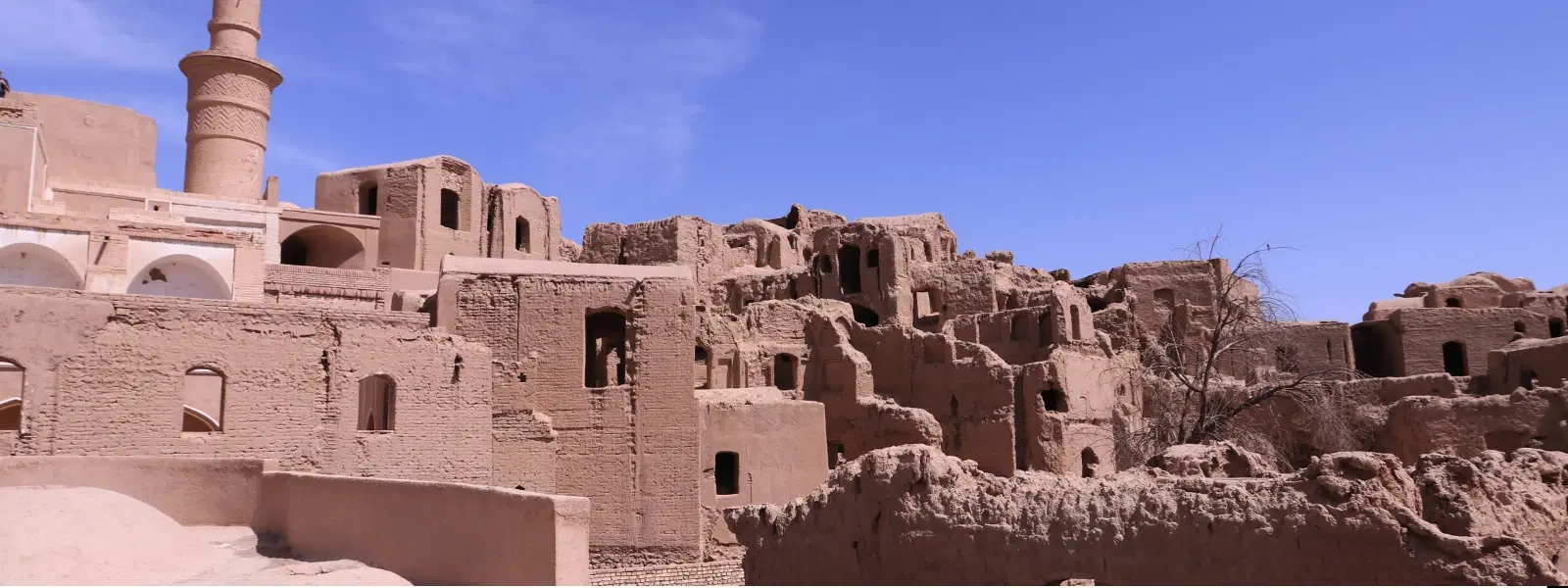
Hotels
•03 min read

Imagine a rustic panorama where small villages, built of sun-dried mud bricks, dot the Indian countryside. These traditional Indian architecture marvels have not only stood the test of time but also offer an eco-friendly glimpse into the nation’s rich cultural past. This article delves into the history, building techniques, and modern adaptations of mud brick villages India, revealing how these earthen homes in India continue to inspire sustainable housing practices today.
Mud brick construction has ancient roots in India, tracing back to the Indus Valley Civilization and beyond. For centuries, builders utilized locally available materials—clay, mud, and straw—to create resilient structures. These techniques evolved over time yet always maintained a strong bond with nature in the form of ancient village construction practices that celebrated the use of organic resources.
Mud brick villages represent the heart of Indian rural settlements. They are a testament to vernacular architecture India, capturing the essence of community living and traditional craftsmanship. These heritage villages not only preserve centuries-old construction methods but also foster a sense of belonging that has kept communities united despite the rapid pace of modernization.
The process of making mud bricks involves mixing soil, water, and straw to form molds, which are then laid out to dry under the sun. This natural method provides excellent insulation, setting it apart from other traditional constructions like clay brick homes India or intricate wood joinery techniques. The layering and sun-drying methods enhance the durability and adaptability of these structures, allowing them to seamlessly blend with the environment.
Mud brick villages are synonymous with sustainable housing India. With a low carbon footprint and inherent energy efficiency, these earthen homes in India provide natural temperature regulation and biodegradability. The minimal use of industrial materials makes them eco-friendly villages India, offering environmental benefits such as reducing heat gain in summer and retaining warmth in winter.

In North India, mud brick constructions are known for their thick walls and intricate designs which provide essential insulation against the region's climate extremes. These structures reveal a distinctive style of mud house designs India that harmonize with the rugged landscapes and cultural narratives of the area.
South Indian villages often incorporate unfired mud bricks that are sometimes blended with wood elements. This integration reflects the local availability of materials and climatic needs in regions like Tamil Nadu and Kerala, showcasing an adaptive approach to traditional building techniques.
Across East and West India, the designs of mud brick villages adapt to specific climatic challenges and cultural influences. Here, builders modify their techniques and materials to achieve both resilience and aesthetic appeal, further expanding the captivating range of eco-friendly villages India.
Despite their cultural and environmental value, mud brick villages face numerous challenges. Rapid urbanization, natural degradation, and limited awareness about traditional architectural methods have put these treasures at risk. Additionally, the inherent susceptibility of mud houses to water damage and the need for regular maintenance pose significant hurdles.
Efforts by architects and communities across India are sparking a revival of mud brick construction techniques. Modern adaptations blend traditional craftsmanship with contemporary design principles, paving the way for innovative mud house designs India. This revival not only honors our architectural heritage but also supports sustainable housing movements—a promising example of how culture and modernity can coalesce.
Mud brick villages are not just eco-friendly but also culturally significant, as they embody centuries of Indian craftsmanship and community living traditions.

Across India, numerous villages built with mud bricks continue to captivate both tourists and architects. From the rugged terrains of Himachal Pradesh to the vibrant landscapes of Rajasthan and the timeless villages of Tamil Nadu, these heritage sites draw admirers with their simplicity and durability. They stand as living museums of traditional Indian architecture.
In recent years, several projects have successfully integrated mud brick construction into modern building design. Architects are drawing lessons from ancient techniques to create sustainable, chic, and functional spaces that resonate with today’s eco-conscious values. These case studies offer a promising look at how India’s traditional building methods can influence modern eco-friendly design.
Mud houses are commonly found in rural areas across India, including states like Himachal Pradesh, Rajasthan, Tamil Nadu, and Kerala.
The cost of building a mud house in India varies depending on the size, design, and materials used but is generally lower than conventional brick or concrete homes.
Mud walls are preferred in villages due to their affordability, availability of materials, natural insulation properties, and eco-friendliness.
Mud houses require regular maintenance, are prone to water damage, and may not withstand extreme weather conditions without proper reinforcement.
Mud brick villages in India are a testament to the country’s rich architectural heritage. They blend sustainability, cultural significance, and timeless craftsmanship, offering a deep insight into traditional building techniques and their modern relevance. Embracing these innovative and eco-friendly structures inspires us to reconnect with our roots while paving the way for sustainable future developments in Indian heritage villages.